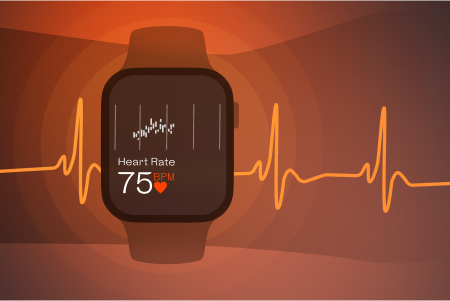


Welltory — All-in-One Wellness App.

Home » Heart Rate Variability » HRV Chart by Age and Gender

A disclaimer: when talking about gender, we mean biological sex
Heart rate variability (HRV) is a trusted health assessment method and a very personalized metriс that can help you understand your overall health and the state of your autonomic nervous system (ANS) which regulates most of the processes in your body. It is used by researchers, healthcare professionals, and pro athletes to track stress, recovery, systemic inflammation, and overall nervous system balance.
There is no figure that can be stated as a good or right HRV number. Your personal HRV will depend on many factors such as your age, gender, physical form and abilities, stress levels, overall health, diet, and many other factors. Research indicates people with a higher HRV score are usually healthier and function better than those with lower HRVs. That’s because HRV shows how quickly your heart can react and recover.
However, there are still some general HRV ranges that can be used for reference.
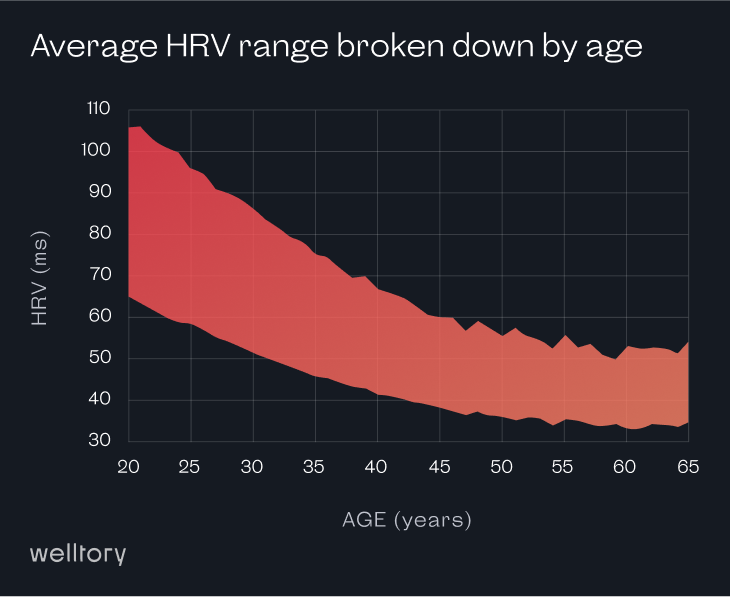
HRV visibly decreases between the second and third decades of your life and falls with age in general.
Take the quiz below to find out your own HRV score average.
Women have higher mean HR with smaller RR intervals. A meta-analysis of 296,247 participants showed that HRV values for women tend to be lower but other studies demonstrated that the significant gender-related difference in HRV decreases with age.
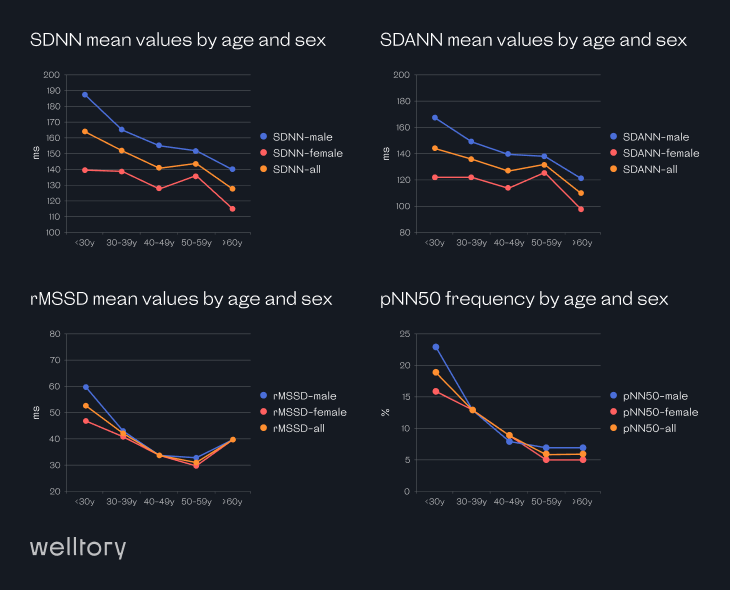
Determining what constitutes a good HRV score is a complex matter, as it depends on many individual factors such as age, gender, physical form, stress levels, overall health, diet, and more. It is important that there is no one “right” HRV number that can be considered good for everyone.
Get Welltory
to track HRV
Get Welltory
to track HRV
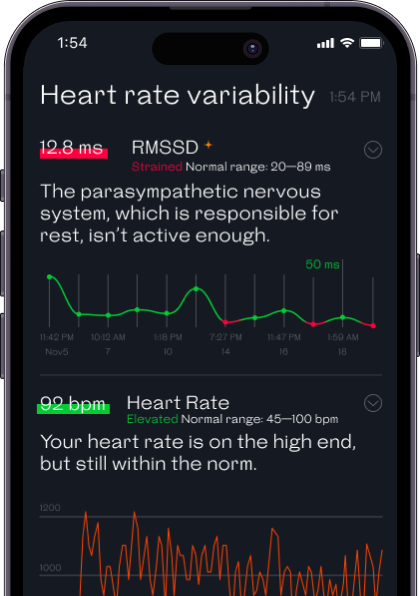
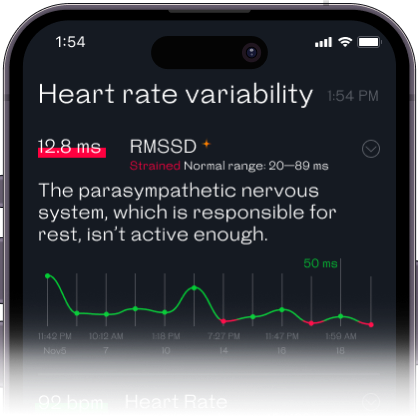

However, a higher HRV score generally indicates a healthier autonomic nervous system, while a lower score can indicate increased levels of stress and poor health. HRV levels can fluctuate on a daily basis based on various factors such as stress, exercise, sleep, and more.
We at Welltory use lnRMSSD — the natural logarithm of rMSSD to calculate heart rate variability score and determine whether your body’s parasympathetic system is coping with stress well. If you’re looking for ways to improve your HRV score, then we’ve got you covered.

You can use your phone camera to measure HRV with the help of photoplethysmography (PPG) method, use Apple Watch, or choose from a dozen other supported fitness devices, gadgets and wearables.
Follow these simple rules to correctly measure HRV.
Ensuring that you are measuring HRV correctly with Welltory will help you understand the impact of stress and lifestyle on your physical, mental, and emotional health. Get daily tips based on your measurement results, monitor your sleep quality and hundreds of health metrics.
A high HRV is usually a good sign because it means your body can adapt to changes and stress well. But remember, everyone’s HRV is unique and depends on different things like age, fitness, stress, and sleep. The most helpful thing you can do is keep track of your own HRV over time, as big changes might show you if something’s up with your health.
At Welltory, we strongly believe that Heart Rate Variability (HRV) is a deeply personal measurement, influenced by a multitude of individual factors like age, fitness level, and overall health. Consequently, we don’t assign a standard “good” or “bad” HRV range in milliseconds (ms).
In our view, the power of HRV lies in monitoring your personal trends over time. This way, you can become more aware of how different aspects of your lifestyle—such as stress, sleep, and exercise—affect your HRV. We find this to be a more dynamic and accurate way of understanding your health and fitness compared to relying on fixed HRV numbers.
At Welltory, we approach the concept of ‘average’ heart rate variability (HRV) with caution due to the highly individualized nature of this measurement. Rather than focusing on an ‘average’ HRV value, we encourage users to pay attention to their own HRV trends over time. HRV is so highly individualized that only by tracking how your own HRV changes in relation to different aspects of your lifestyle can you devise a personalized and insightful view of your health and your body’s unique response to stress. This is why Welltory advises you to ‘calibrate’ your measurements by taking them for 10 consecutive days.
However, we understand the curiosity about averages, and our data suggests that 19 to 48 ms is the average for healthy adults in the age group of 38 – 42 years and 35 – 107 ms for elite athletes. Thus the ‘normal’ average range for rMSSD is 19 to 107 ms which is such a broad generalization that it’s quite clear that individual differences are too pronounced to make a general statement about averages in HRV scores.
Welltory Team, updated on 23 June, 2023
 App Store
App Store
 Google Play
Google Play
 Huawei AppGallery
Huawei AppGallery
 Galaxy Store
Galaxy Store

